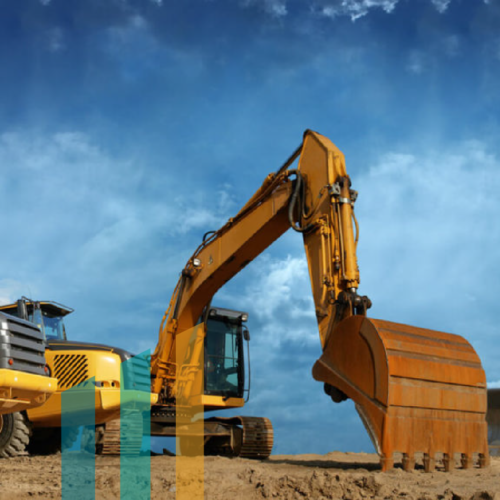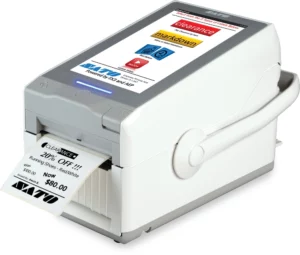
RFID for Industrial
Safety
Facility and Operations Management at your tips.
Quality Assurance and Work in Progress With Sensor Tags
What is RFID for Industrial Safety?
The RFID Industrial Safety System is the easiest, most simple solution for improving heavy mobile equipment safety in your warehouse and distribution centers. There are three main reasons to consider an RFID for an Industrial Safety system.
It is the easiest system to install and set up. It can operate as a standalone system and does not require any software or IT involvement to set it up.
It will significantly increase safety in high-traffic areas where blind spots are a potential hazard.
It can easily be configured to accommodate as much heavy machinery as you need by simply purchasing more RFID tags. Upgrade modules are also available – they provide a real-time location system (RTLS) that will include a map of your facility and the exact position of each vehicle being tracked.
How Does RFID for Industrial Safety Work?
RFID for Industrial Safety uses active RFID tags and readers along with lights and sirens to warn pedestrian traffic as well as other vehicles that your heavy machinery is approaching a blind spot or designated area. The RFID reader is affixed to the vehicle. The tag is worn by the pedestrian and seen by the readers moving throughout the facility. The system triggers lights and sirens to turn on in time to warn of incoming traffic or possible collisions.
The system can support multiple connections to sirens and warning lights. Each reader can be configured to trigger a warning based on parameters that you set. The system can operate as a standalone solution or it can be set up to connect to your company’s network, be it cabled or wireless.
How Does RFID for Industrial Safety Improve Your Operation?
You cannot make the machines safer, but you can certainly make them safer to be around. Heavy-machinery operators have a lot to pay attention to: they need to lift heavy loads without dropping them, navigate narrow aisles, avoid obstacles, and they have to do it all very quickly.
The problem is, with forklifts, for example, that they’re notoriously hard to see out of. Large boxes can block the front, forcing the driver to rely on small mirrors to see the back, and the whole design is riddled with blind spots. Our RFID Industrial Safety System simultaneously drives multiple warning technologies such as lights, sirens, and buzzers to notify those around of an upcoming vehicle.
This solution can also start a camera to record the event that triggered the alert. This data can be used to further improve safety in the warehouse by identifying the hazards that lead up to the error condition.

RFID for Industrial Safety Features
Standard Version
- Standalone
- Relay controlled
- No Software Needed
- Configurable via USB Port
- Supports unlimited number of vehicles
Enterprise Version
- IP addressable
- Network connectivity
- Wi-Fi or Wired Ethernet/POE
- Real-Time Locator System (RTLS)
- Drives multiple lights or sirens/buzzers

RFID for Industrial Safety Applications
Manages access control
Controls machine access
Makes machine tool manufacturing more accurate
Manages access control
Access rights must be regulated in production facilities, secure laboratories, corporate entrances, and public buildings. RFID technology is used to do this. Passing an RFID tag across a scanner allows authorized workers access to a specific location.
Controls machine access
Only skilled and authorized workers should operate complex, costly, and possibly dangerous machinery. RFID allows for the creation of an “electronic logbook” that records operating machine characteristics as well as the operator’s identification.
Makes machine tool manufacturing more accurate
RFID guarantees that the correct tool is used while processing a component in current, fully automated CNC systems. An RFID tag permanently installed on the tool carrier allows for precise selection of the appropriate instrument.

